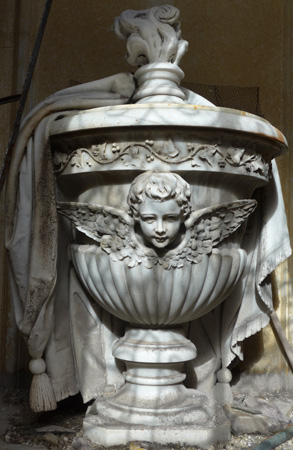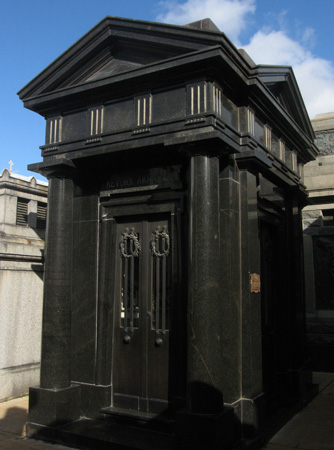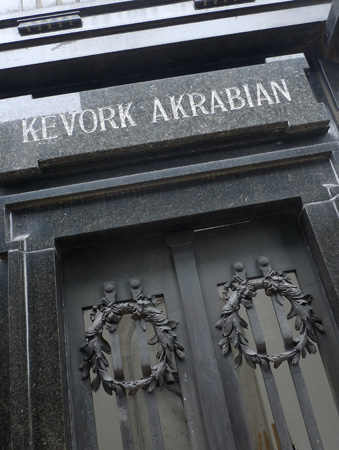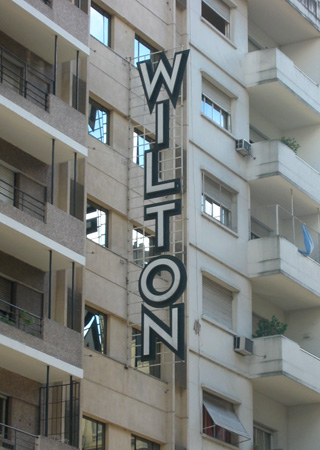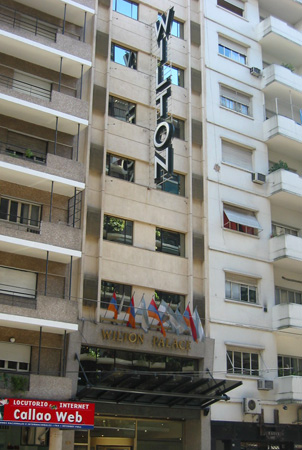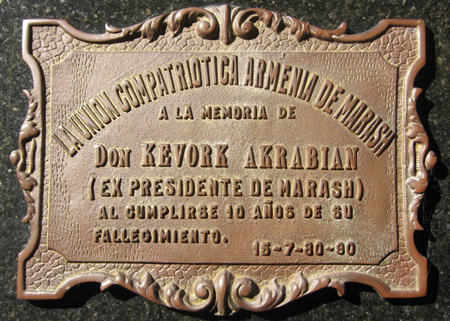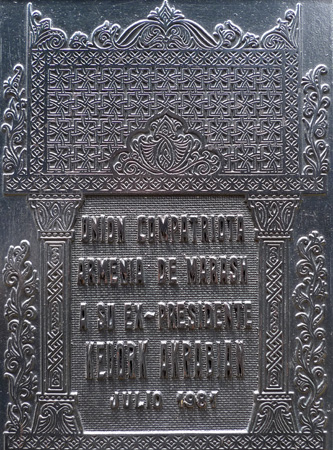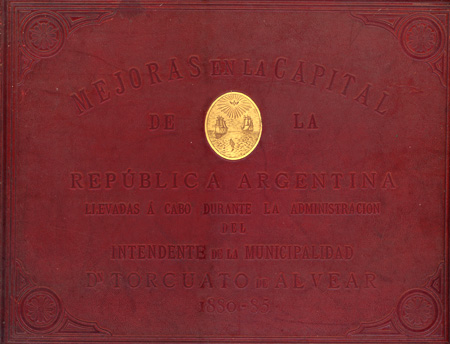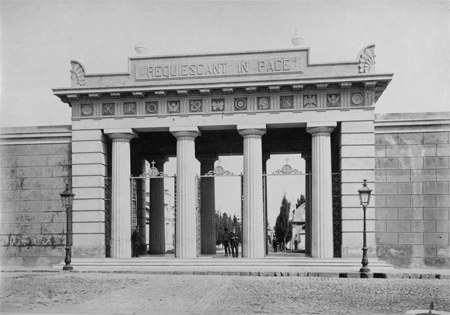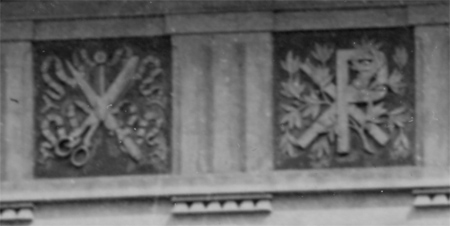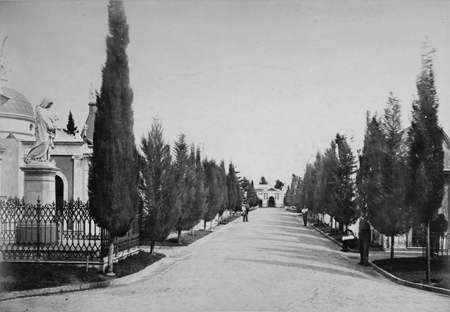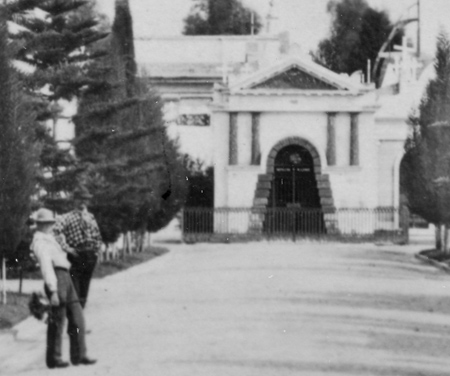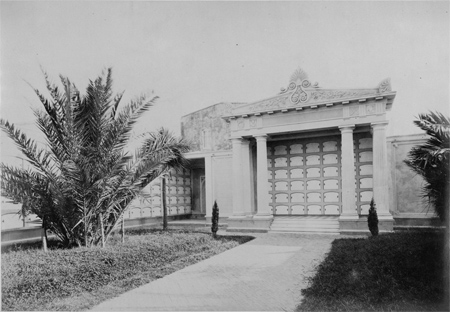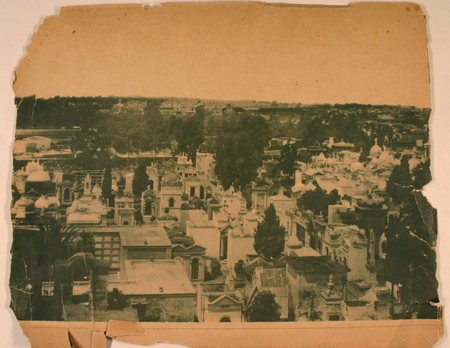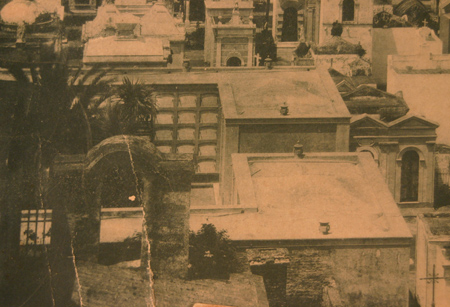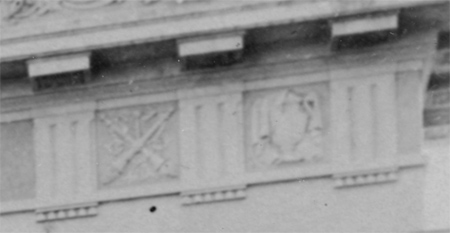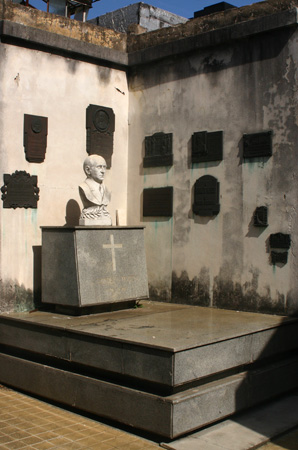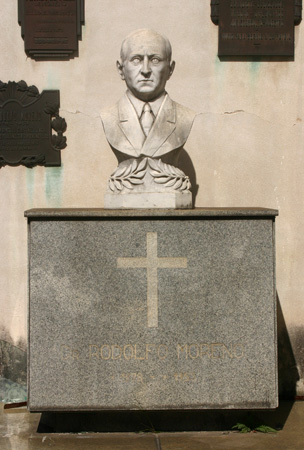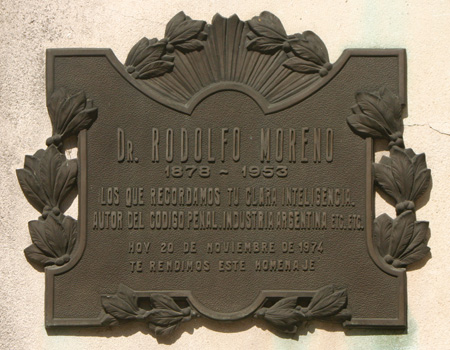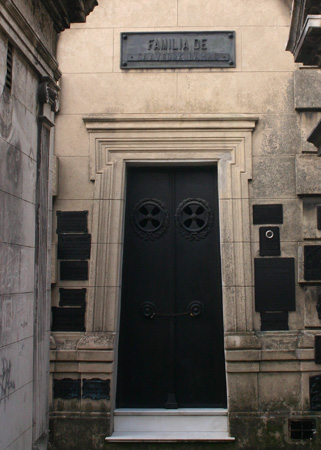
Born in Buenos Aires in 1878, Carlos Saavedra Lamas had family roots dating back to the earliest days of Argentina. As great-grandson of founding father Cornelio de Saavedra, perhaps Carlos seemed destined for success. But he did something no one ever expected… Saavedra Lamas became the first Argentine to receive a Nobel Prize.
His career path began as a lawyer & teacher, & in 1908 Saavedra Lamas started in politics as representative for the city of Buenos Aires in Congress. During the presidency of Victorino de la Plaza, he became the Minister of Justice & Public Instruction. Remember that the Victorino de la Plaza administration had to implement universal suffrage when President Roque Sáenz Peña died just after the law had been passed. One other interesting connection: Saavedra Lamas married Rosa, the daughter of Roque Sáenz Peña. But it was his next big government position that would send him into the international spotlight.
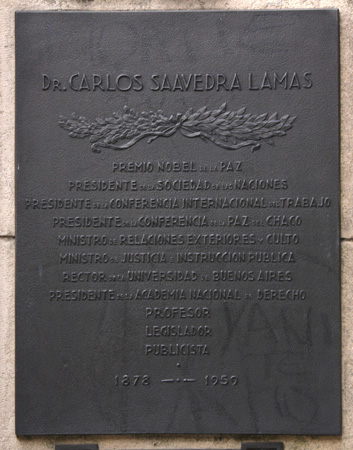
As Minister of Foreign Relations during the military-run Agustín P. Justo administration (1932-38), Saavedra Lamas negotiated peace between Paraguay & Bolivia during the Chaco War. At a nexus between four countries, the Chaco region had long been an area of contention. Argentina had most of the power, treating Paraguay as a feudal trade partner. Brazil feared the dominance of Argentina in South America, & Bolivia yearned for an outlet to the Pacific Ocean in order to avoid being landlocked by other nations. Recently discovered oil also played a role in the conflict. Saavedra Lamas persevered to find a peaceful resolution to the war by addressing the League of Nations & at the same time prevented the USA from intervening in what it saw as a “local,” hemispherical dispute.
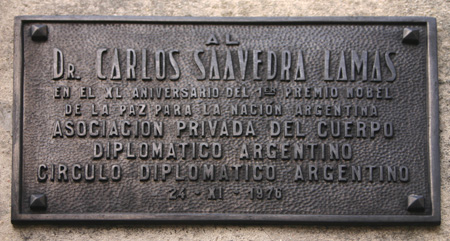
During the Chaco War, Saavedra Lamas drew up a Treaty of Non-agression & Conciliation (referred to in Spanish as the Pacto Antibélico) which stated that signatories would not recognize any territorial change in the entire hemisphere brought about by an act of war. By 1935, all nations in North & South America —with the exception of Bolivia & Costa Rica— had signed the peace agreement. What an amazing accomplishment in a decade full of nascent dictatorships & warmongering! Six European countries, including Spain, also ratified the treaty. As of 1948, another treaty superseded that of Saavedra Lamas but many nations still recognize the original. In 1936, Saavedra Lamas received the Nobel Prize for Peace, becoming the first Argentine to receive the honor. He passed away in 1959 & was buried with honors in Recoleta Cemetery.
—————————————————
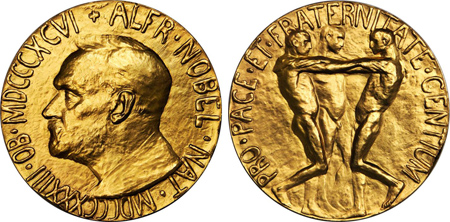
A bitter afternote: The actual medal given to Saavedra Lamas disappeared after his death, then turned up in 1993 in a pawn shop. It passed through several private collectors until being auctioned in March 2014 in Baltimore. A representative in Argentina’s Congress proposed buying it back… but as the second-only Nobel Peace Prize medal ever up for sale, it fetched an amazing price: $1,116,250 USD! Supposedly a private Asian collector now has a symbol of Argentina’s once prominent role in international peacemaking.
Leave a Comment